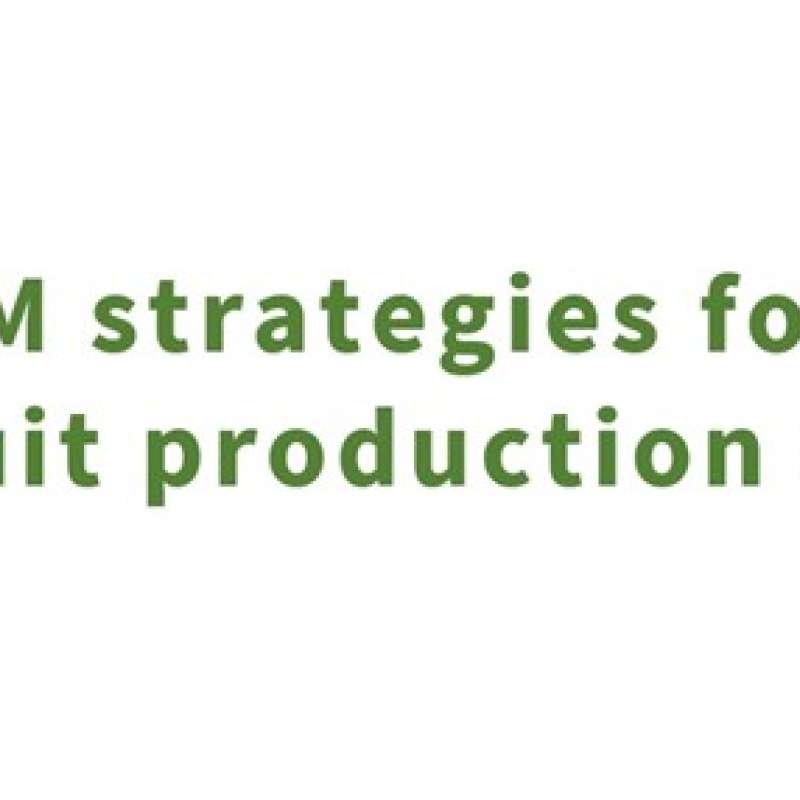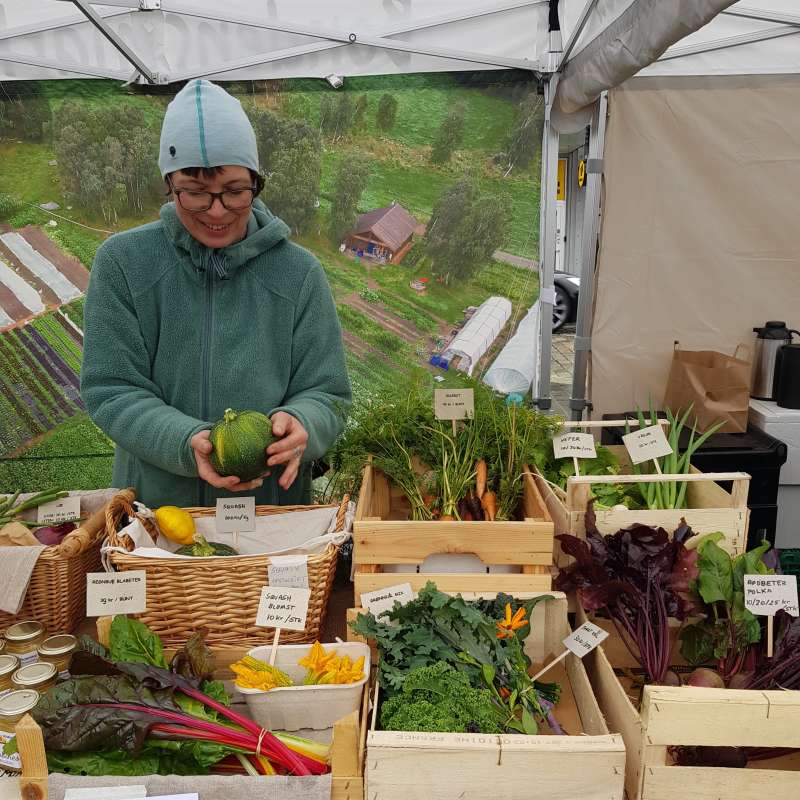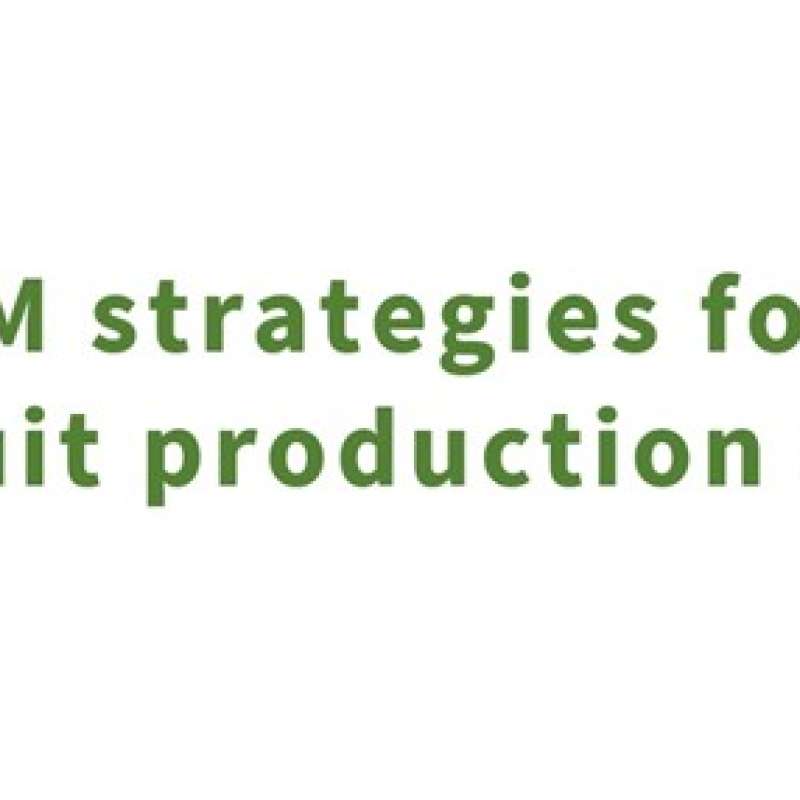Bjørn Arild Hatteland
Forsker
Forfattere
Bjørn Arild Hatteland Arne Stensvand Gunnhild Jaastad Torbjørn Haukås Anna Birgitte Milford Nina Trandem Lene Sigsgaard Runa GidskeSammendrag
Det er ikke registrert sammendrag
Sammendrag
Det er ikke registrert sammendrag
Sammendrag
Det er ikke registrert sammendrag

Divisjon for bioteknologi og plantehelse
IPM-Fruit: IPM strategier for framtidens fruktproduksjon
I IPM fruit skal undersøke hvordan man kan bruke preventive og alternative tiltak for å oppnå et mer bærekraftig plantevern i frukt. Prosjektet legger opp til å undersøke både naturlige fiender i og utenfor frukthager, fysiske tiltak som preventive tiltak, biologiske plantevernmidler og hvordan best kombinere ulike tiltak under norske forhold. Prosjektet vil bli utført i samarbeid med NMBU, NLR, NIAB East Malling (UK), IRTA (Spania) og i nært samarbeid med fruktnæringen.

Divisjon for matproduksjon og samfunn
The role of diversified small-scale horticulture in a transition towards more sustainable food systems with healthier diets (SmallHort)
The aim of the project is to explore how food systems based on diversified small-scale horticulture can be developed to become more economically, socially and environmentally sustainable while also increasing in scale. This will provide benefits to nature, environment and public health.

Divisjon for matproduksjon og samfunn
Betydningen av mangfoldig småskala-hagebruk i en omstilling mot mer bærekraftige matsystemer og sunnere kosthold
Målet med prosjektet er å utforske hvordan matsystemer basert på småskala hagebruk kan utvikles til å bli mer økonomisk, sosialt og miljømessig bærekraftige og samtidig øke i omfang, noe som vil gi fordeler både for natur og miljø og folkehelse.

Divisjon for bioteknologi og plantehelse
IPM-fruit: IPM strategies for future fruit production
IPM fruit will investigate how preventive and alternative control measures can be used for sustainable fruit production. The project will study how natural enemies, physical control, and biologicals as well as combinations of these can be best applied under Norwegian conditions. The project will be carried out in collaboration with the Norwegian University of Life Sciences (NMBU), the Norwegian advisory service (NLR), NIAB East Malling (UK), IRTA (Sapin), and also in close collaboration with fruit growers.
